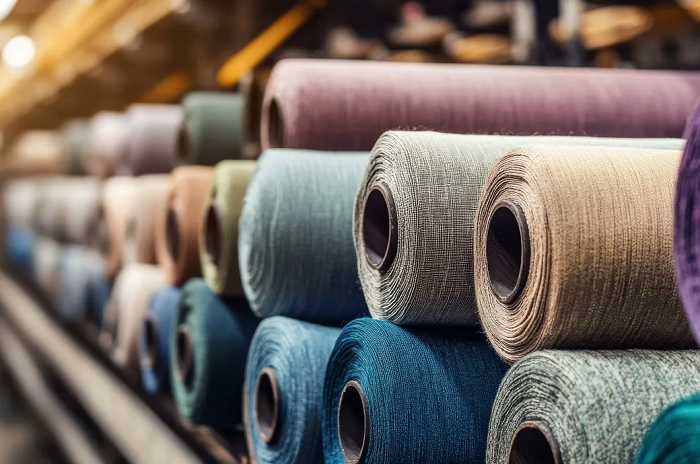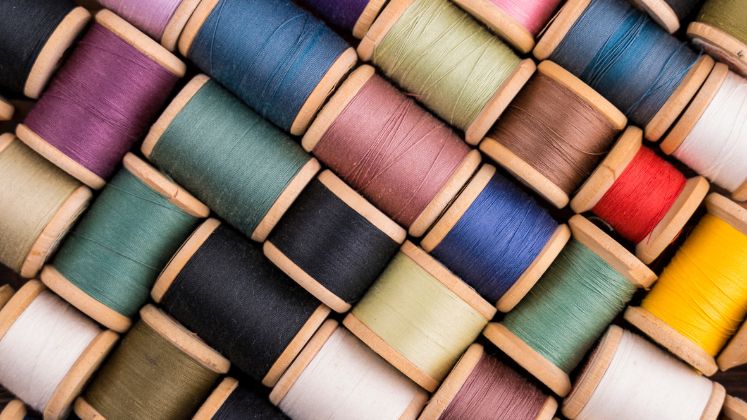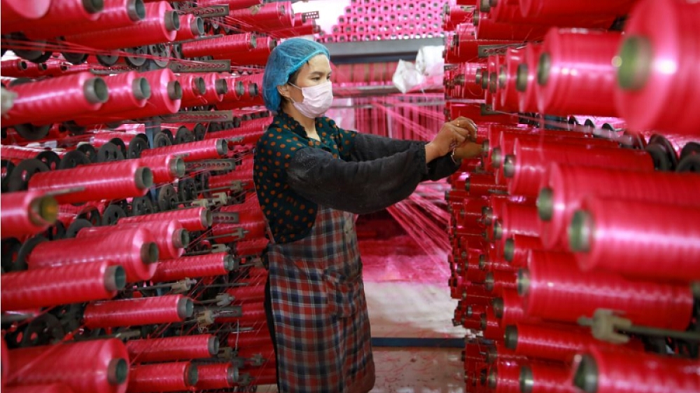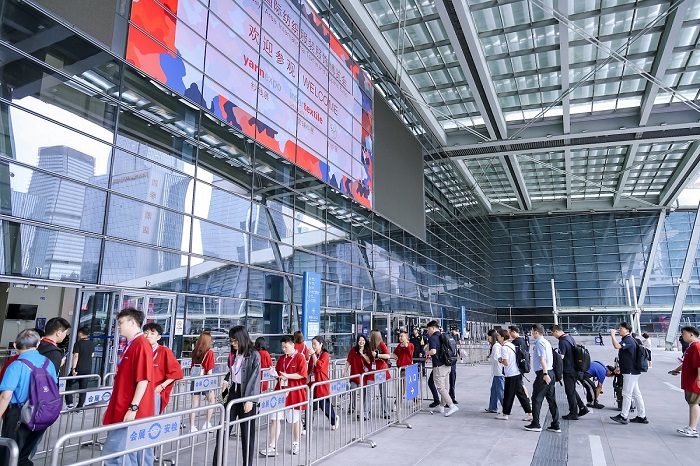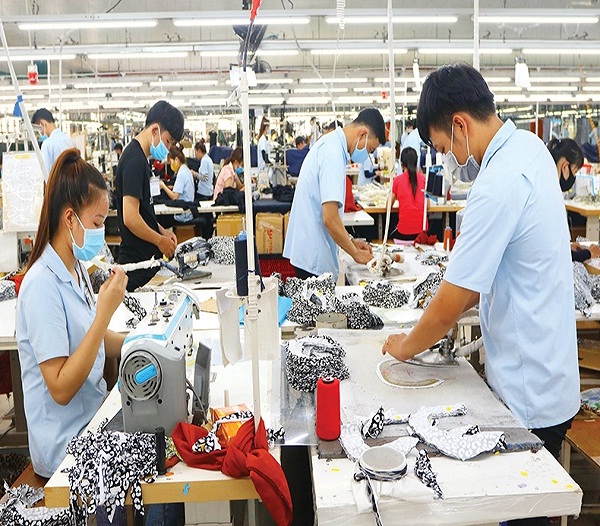
One of the fastest growing garment and textile markets in South East Asia, Vietnam is facing increasing competition from Asian and other markets. In the fourth quarter of FY21, Vietnam was able to meet its target of $39 billion in textile and garment exports, growth of 11.2 per cent compared to 2020. However, this does not indicate a growth in market share, says Le Tien Troung, Chairman, Vietnam National Textile and Garment Group.
In 2022, Vietnam aims for an export turnover of $43.5 billion. However, resurgence in pandemic could dampen demand, says Vu Duc Giang, Chairman, Vietnam Textile and Apparel Association. Freight as rates in the country remains high and it also faces a serious shortage of empty containers.
Rising transportation, labor costs cause concern
Goods transportation has become a serious challenge in Vietnam as air transportation costs have increased fourfold, from $4,250 per tonne to $17,000, as per a Vietnam.net report. Only 16.7 per cent buyers surveyed by the Research Centre for Employment Relations agreed to share these air freight costs with businesses. Meanwhile labor costs too are rising, says Giang. Currently, they account for 26-30 per cent of the entire costs of goods of garment companies. Giang says, costs will continue to rise with an in increase annual base salary of laborers and new insurance policy.
Growing competition from other exporters
Currently, Vietnam is the fifth largest RMG exporter to the US, shows data from the US Office of Textiles and Apparel. Stats reveal, Vietnam exports to the US grew just 14 per cent last year. Many of its importers are shifting towards suppliers from Vietnam’s competitors due to production disruptions. Garment exports by Bangladesh have continued to rise with many buyers once again turning to Bangladesh, says the Bangladesh Knitwear Manufacturers and Exporters Association (BKMEA).
US’ imports from India are also rising with the government increasing export turnover for the textile industry to $80 billion by the 2024-2025 period. In 2021, the government’s autonomous India Program and other policies helped the Indian textile and garment industry recover from the pandemic loss of 13 per cent in 2020. The government has decided to extend its tax and textile refund scheme till 2024. It also plans to accelerate the implementation of other credit schemes for the sector.
Need for flexibility with suppliers
Despite this competition from other countries, Vietnamese garments and textiles can maintain competitiveness by leveraging current advantages. For instance, the EU-Vietnam Free Trade Agreement can help Vietnamese companies increase their market share. However, for this, Vietnamese companies need to be cost-effective compared to Bangladeshi products that are closer to the EU’s border. The global garment and textile industry is looking to establish flexible relationships with suppliers, while also focusing on being environment friendly.





